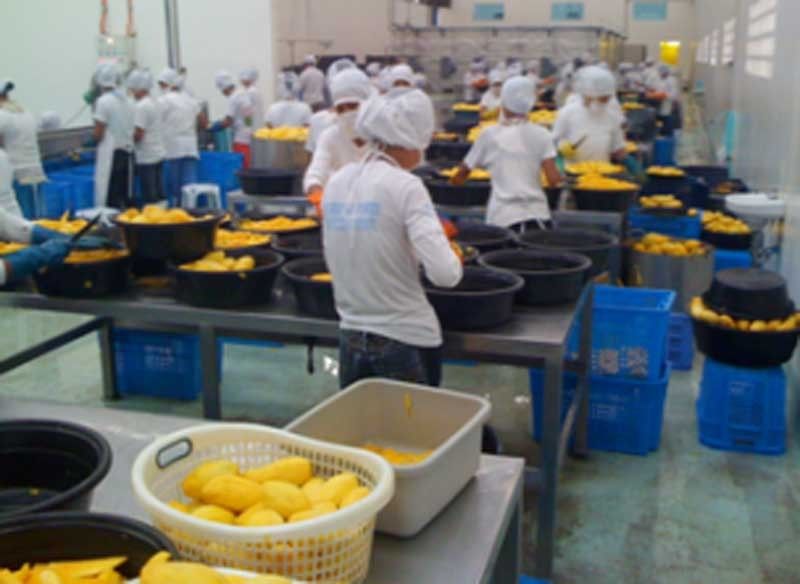Factory output drops 4% in May

MANILA, Philippines — Manufacturing activity eased by four percent in May mainly due to lower diminished output in food as well as furniture and fixtures, the Philippine Statistics Authority (PSA) reported yesterday.
Factory output, as measured by the Volume of Production Index (VoPI), registered a negative four percent growth in May, reversing the 13 percent growth in the same period last year.
Six major industry groups registered declines in output during the reference month, with furniture and fixtures and food manufacturing posting the highest annual declines at 35 percent and 14 percent, respectively.
Other industries that recorded contractions in May were basic metals, non-metallic mineral products, miscellaneous manufactures and leather products.
Industries that made headway in production in May, on the other hand, were the following: petroleum products, fabricated metal products, machinery, transport equipment, chemicals, tobacco, beverages, electrical machinery, rubber and plastic, printing, footwear and wearing apparel, wood products, paper products and textiles.
The Value of Production Index (VaPI) likewise declined by 2.1 percent in May, reversing the growth of 14.8 percent in the same period last year.
However, the drop in both the volume and value of factory output were slower compared with the deceleration of 14 percent in the VoPI in April and decline of 10.8 percent in the VaPI in the same month.
“Despite these negative figures, we note a positive development for this month’s manufacturing performance upon seeing that the number of gainers in both indexes has outpaced the losers,” said Socioeconomic Planning Secretary Ernesto Pernia.
A stronger push for policies and programs that improve food production and public spending and that capacitate MSMEs is needed to strengthen manufacturing growth, he said.
“More importantly, we need measures to boost the productivity of agriculture and strengthen supply chain linkages between local and foreign producers of raw food products and food manufacturers to increase food production. Food products, the largest subsector, has significant impact on the overall performance of the manufacturing sector,” Pernia said.
Moving forward, lower prices of rice and domestic oil prices as well as the downward adjustment in power rates are seen to temper inflation, improving conditions for manufacturers.
“The government’s rice farm mechanization program should be seamlessly implemented. This will make rice farming more efficient and productive. It will also drive up the demand for farm equipment, thereby improving manufacturing industry and create more jobs for Filipinos,” Pernia said.
He noted that appropriate technology and capacity-building programs need to be geographically and financially accessible to MSMEs for them to reap the benefits of expanded market access.
He also reiterated the importance of fully implementing the Ease of Doing Business Act to standardize requirements for business registrations and permit issuances as well as ensure that LGUs are capacitated to efficiently handle processing of business applications.
- Latest
- Trending






























